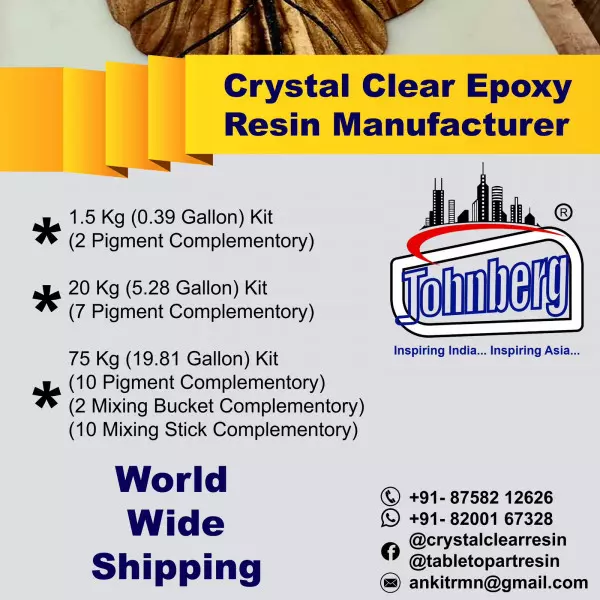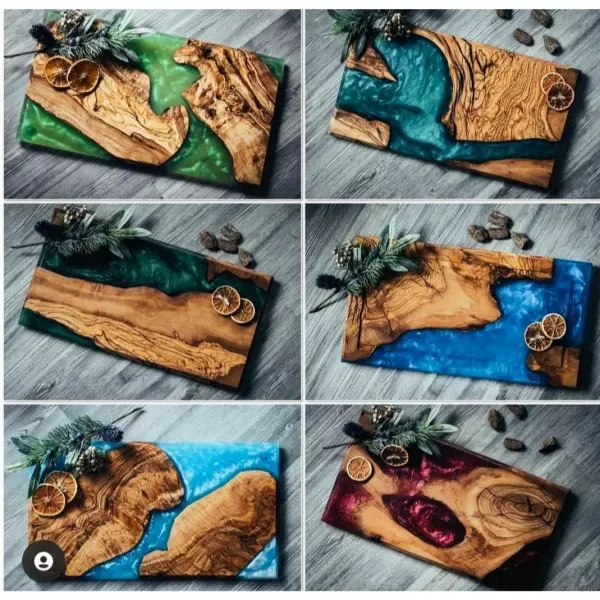- Home
- About Us
- Products
- Resin Furniture
- 3D Epoxy Flooring Service
- Resin Table Top
- Wooden Epoxy Resin Table Top
- Metallic Epoxy Flooring Service
- Conception Chemical Consultants
- Chemical Consultancy For Construction
- Construction Chemical Consultant
- Tile Grout
- Foundation Grout Consultant
- Paver Block Chemical Consultant
- Waterproofing Chemical Consultant
- Epoxy Pigment Consultant
- Heat Reflective Coating
- Water Repellent Coating
- Epoxy Grout
- Chemical Consultant
- Industrial Chemical
- Construction Chemical
- Epoxy Resin
- Epoxy Coating
- Polyester Resin
- Joint Sealants
- Cristal Clear Epoxy Resin And Hardner
- Construction Chemicals
- Polycarboxylate Ether And Liquid
- Solvent Cement
- Tile Protection Sheet
- Water Reducing Superplasticizer
- Epoxy Resin And Hardeners
- Two Component Waterproof Coating
- Epoxy Floor Coatings
- Casting Resin
- Sbr Latex Polymer
- Epoxy Grout Formulations
- Epoxy Resin Tabletops
- Tile Spacers
- Tile Levelling Spacers
- Industrial Night Vision Epoxy Grout
- Sbr Latex
- Johnberg Marble Polishing Liquid
- Acrylic Elastomeric Coating
- Weber Tile Adhesives
- Decorative Arts
- Resinic Crafts
- PU Flexible Tile Adhesive
- Resin Pressed Flowers
- Dry Pressed Flower
- Epoxy Putty
- Resin Furniture
- Services
- Updates
- Gallery
- Contact Us
4 Results found for "Jammu"
Epoxy Resin Art Manufacturers In Jammu
Epoxy resin art is a creative process that involves using a liquid epoxy resin mixed with color pigments to create beautiful and glossy artworks. The resin is poured onto a surface and then manipulated to form patterns or designs. Once cured, the resin hardens into a clear and durable finish. Artists use this technique for making paintings, tabletops, jewelry, and decorative pieces. It is known for its shiny appearance and ability to create depth ... Continue
Wooden Epoxy Resin Table Top In Jammu
A wooden epoxy resin tabletop combines the natural beauty of wood with the glossy, durable finish of epoxy resin, creating a stunning and functional piece of furniture. Here's a detailed breakdown of the elements and process that go into creating a wooden epoxy resin tabletop:1. Materials NeededWood: Typically hardwoods like walnut, oak, maple, or pine are used. The wood should be thick and solid, with unique grain patterns and features such ... Continue
Epoxy Resin In Jammu And Kashmir
Appearance: Usually a clear, colorless liquid or amber-colored resin.Odor: Mild or slight odor.Boiling Point: Typically above 200°C.Flash Point: Typically between 200°C and 300°C.Solubility: Generally insoluble in water, soluble in most organic solvents.10. Stability and ReactivityStability: Stable under normal storage and handling conditions.Incompatible Materials: Strong oxidizers, strong acids, and bases.Hazardous Decomposition Pro ... Continue
Art Resin Manufacturers In Jammu
1,4-Butanediol and epichlorohydrinare reacted in the presence of a Lewis acid as catalyst to form a halohydrin: each hydroxyl group of the diol reacts with an epoxide on epichlorohydrin. This process is followed by washing with sodium hydroxide to re-form the epoxide rings in dehydrochlorinationreaction.[4] One of the quality control tests would involve measuring the Epoxy value by determination of the epoxy equivalent weight.epoxy resin manufa ... Continue



